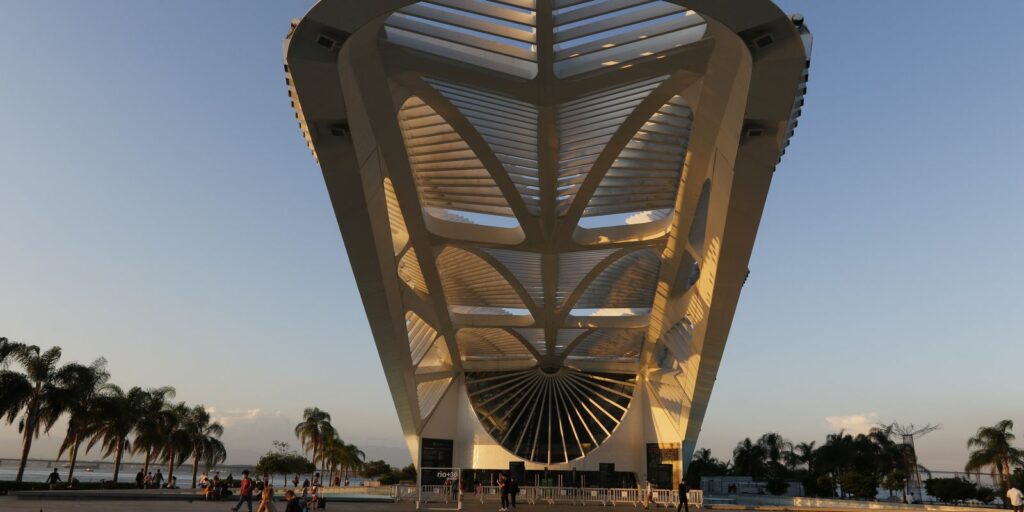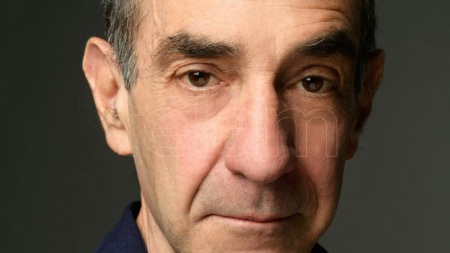December 17, 2022, 23:15 PM
December 17, 2022, 23:15 PM
On December 11, the death of Abigail Kinoiki Kekaulike Kawānanakoa, known as “the last princess of Hawaii”, was announced in Honolulu.
The ‘Iolani Palace – the only royal residence in the United States – said the heir to the throne had passed away peacefully at the age of 96, bequeathing nearly half of her fortune of more than $200 million to a foundation that supports the Native Hawaiian community. .
The death of Kawānanakoa once again put on the table a topic that still generates controversy in this archipelago famous for its paradisiacal beaches: the overthrow of the Hawaiian monarchy by businessmen from USA in 1893, which would lead to its annexation to that country.
Here we tell you how these islands located in the middle of the Pacific Ocean, 3,200 kilometers from the American continent, went on to become the 50th US state, the last to be admitted to the Union, and what happened to the royal family Hawaiian that had governed until then.
The 137 volcanic islands that make up Hawaii were ruled by various small clans until 1810, when they were unified under the rule of Kamehameha IIa warlord from the island of Hawaii (which gave the entire archipelago its name).
King Kamehameha the Great -as he was baptized- founded the dynasty that would reign for six decades.
In 1820 his heir, Kamehameha II, opened the doors to a group of missionaries from New EnglandUSA, who in a few years managed to convert the majority of the population into Protestant Christians.
The missionaries also attracted the interest of investors from your countrywho were buying large pieces of land in Hawaii, seduced by reports of pristine land and ideal climatic conditions for planting sugar cane.
The influence of these American landowners was growing.
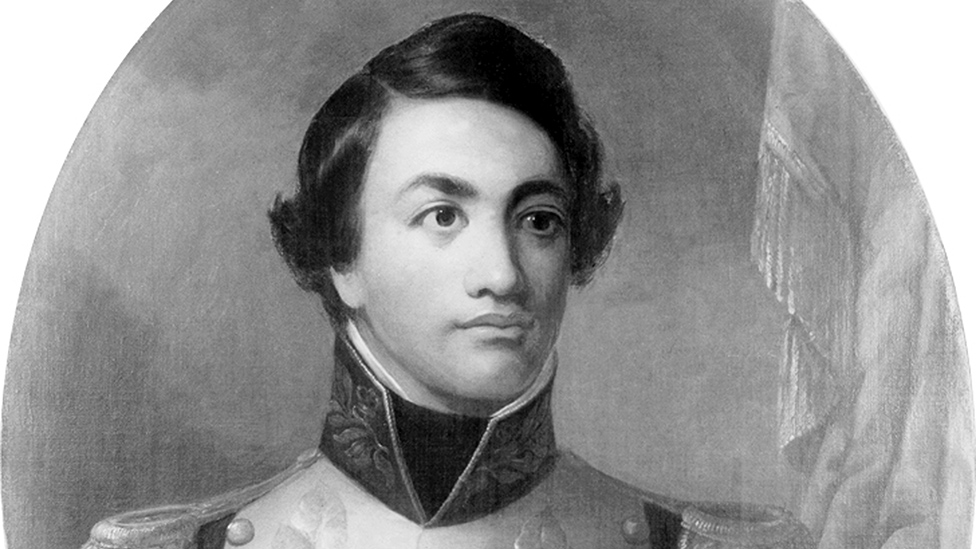
In 1839 the new king, Kamehameha III, promulgated the Constitution of Hawaii, transforming the archipelago from an absolute monarchy to a constitutional onesomething that many historians consider a sign that the royal power was beginning to dilute.
The descendants of the early missionaries, who had made fortunes in Hawaii, formed their own political party, the Reform Party, better known as the missionary party.
By the 1870s, the Hawaiian economy was heavily dependent on its trade with the US, and businessmen and landowners in the Missionary Party began to clamor for greater political power.
In 1887 they decided to take the bull by the horns and, under threat of force, forced the ruler at the time, King Kalākaua I, to sign a new Constitution that only gave the right to vote to white landownersan event remembered as the “Bayonet Constitution”.
David Kalākaua, who had come to the throne as a descendant of a cousin of Kamehameha I -and after Kamehameha V died without heirs-, was the founder of what would be the last dynasty to rule Hawaii.
During his early years, he had to face increasing pressure from the Missionary Party, which wanted to reform the system to make it a monarchical model more similar to the British one, where the king is a prestigious figure, but without real power.
“The Merry Monarch”, as he was known, began his reign in 1874 by touring the islands, which increased his popularity.
Also negotiated a reciprocity treaty with the US.even meeting in Washington DC with President Ulysses S. Grant, who allowed Hawaii’s main export products – sugar and rice – to enter that country duty-free.
The agreement also gave the US exclusive rights to maintain military bases on the islands.
During his reign, Kalākaua placed a lot of emphasis on international relations, being the first monarch in history to circumnavigate the world, in 1881.
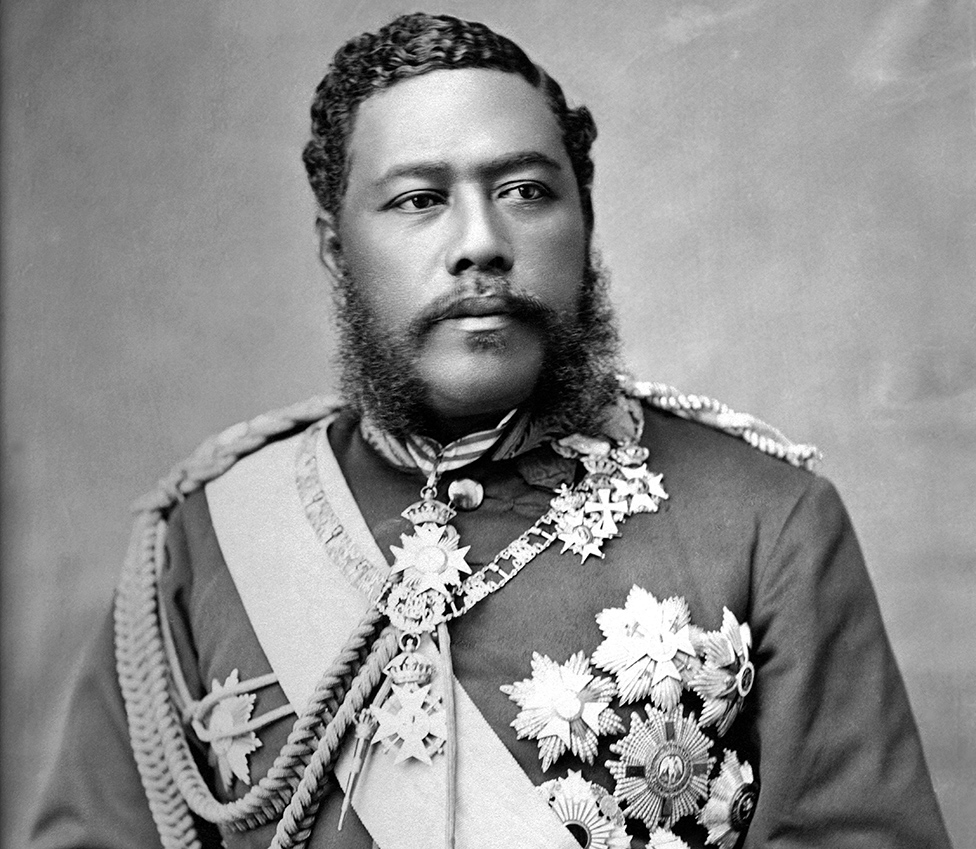
Starting in San Francisco, USA, he visited, among other countries, Japan, China, India, Egypt and several European nations. She also met with many heads of state, including Umberto I of Italy, Pope Leo XIII and Queen Victoria of the United Kingdom.
The monarch used many of the objects and furniture that he brought back from his travels to decorate a new royal residence: the ‘Iolani Palace, Considered an architectural jewel, which he ordered to be rebuilt due to the poor condition of the original palace, erected during the reign of Kamehameha IV.
The king sought to form a confederation of Polynesian countries, and even sent representatives to Samoa for that purpose, but the project was cut short after the “Bayonet Constitution”, which drained the power of the royal family and increased that of the Missionary Party.
A few years later, in 1890, the 54-year-old sovereign began to suffer from serious health problems and, under medical advice, again traveled to San Francisco. He died in that American city, without leaving any descendants.
Therefore, who assumed the throne was his sister, Liliʻuokalaniwho would become the last sovereign of Hawaii.
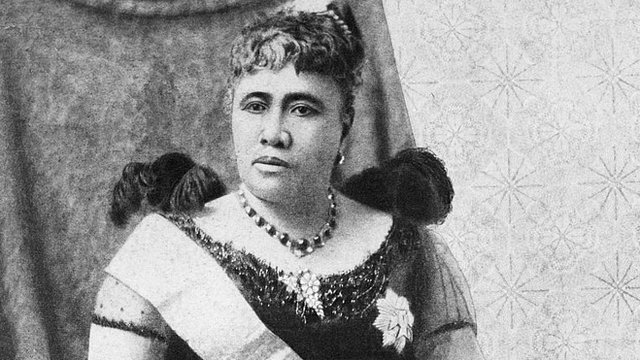
The end of the monarchy
Liliʻuokalani had served as regent in 1881 during the international tour of her brother, the king.
When he came to power he tried to repeal the “Bayonet Constitution” to give backyes the natives the right to vote (the crown has already lost power), but was accused by her white subjects of subverting the Constitution.
In addition to seeking political power, this group wanted to overthrow the monarch for commercial reasons: the US had decided to remove the privileged status of Hawaiian sugar and they they wanted Hawaii to be annexed to that power in order to enjoy the same benefits as local producers.
Under the argument that the rights of merchants and landowners of American origin were being violated, the ambassador of that country in Hawaii, John L. Stevens, he called for US troops to intervene. stationed on the islands.
In 1893 Queen Liliʻuokalani was placed under house arrest at the ‘Iolani Palace and formed a provisional government.
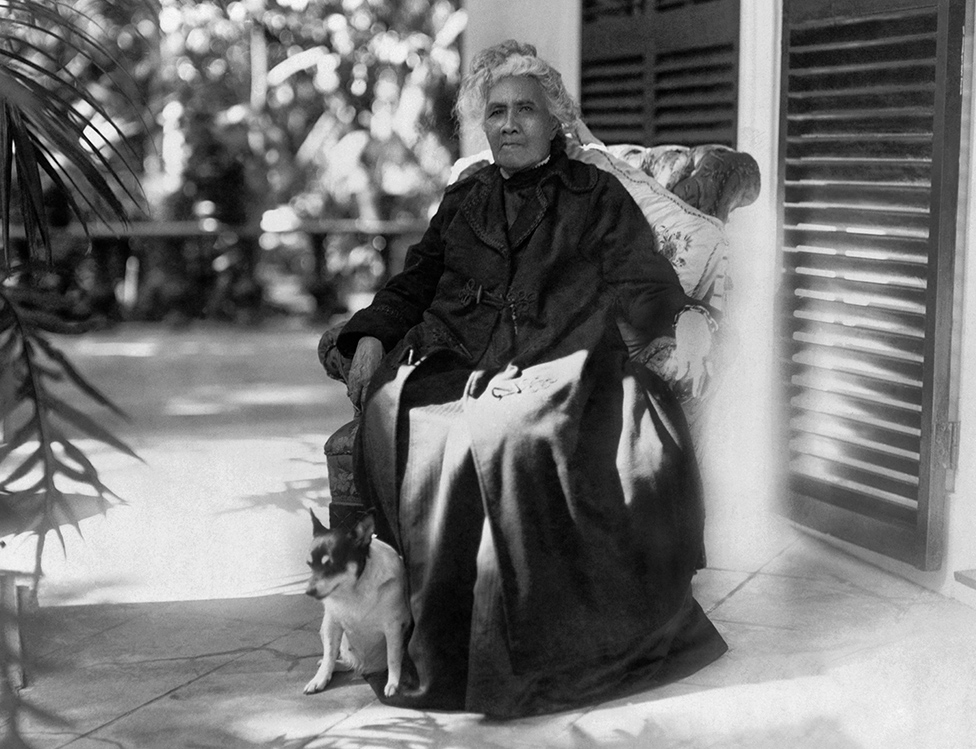
Although US President Grover Cleveland commissioned a report that concluded that the ouster it had been illegal the Congress of that country ordered another report, the Morgan report, which in 1894 determined that neither Ambassador Stevens nor US troops had been guilty of the overthrow.
On July 4 of that year, the day American independence is celebrated, the Hawaiian provisional government proclaimed the republic of hawaii with Sanford Ballard Dole as leader, a government that was recognized by Washington.
Queen Liliʻuokalani remained under arrest until 1896 and after her release she moved to another residence where she led a low-key life until her death in 1917.
Like his brother, he had no children. However, following tradition, he named other family members heirs.
Abigail Kinoiki Kekaulike Kawānanakoa, who passed away last Sunday, was a descendant of one of those successors.
In 1898, US President William McKinley – a Republican who had defeated Cleveland – signed the annexation of Hawaii to the US, despite protests from the opposition who considered the annexation illegal.
That act would pave the way for decades later, in 1959, Hawaii became the fiftieth and last state in the USA, a decision in which the central role that the archipelago had for Washington during World War II weighed.
After all, the US only joined the conflict in late 1941 when the Empire of Japan made a surprise attack on the US Navy based at Pearl Harbor on the Hawaiian island of Oahu.
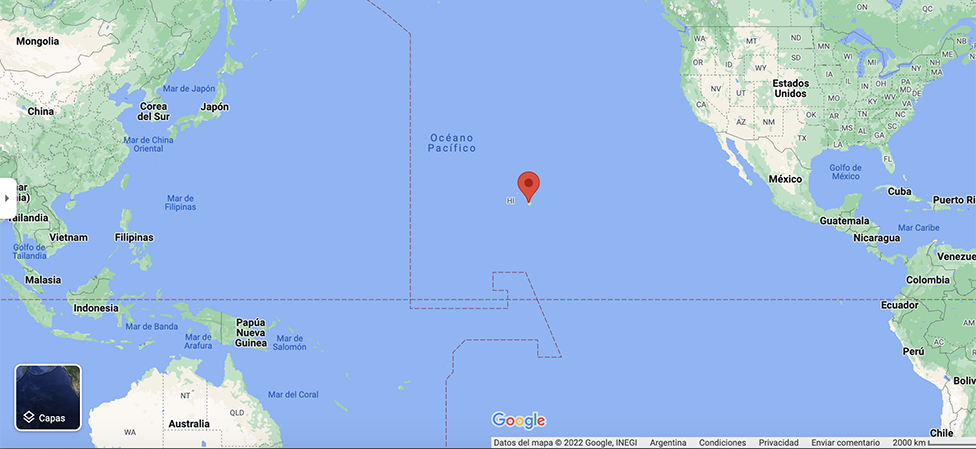
In the midst of the Cold War, during the government of Dwight D. Eisenhower, the US Congress finally approved the entry of Hawaii into the Union, a decision that was widely ratified by Hawaiians.
However, some natives have maintained their protest against what is considered one of the main examples of american colonialism.
In 1993, 100 years after the coup, the government of USA formally apologized with the Hawaiians for overthrowing their kingdom, depriving them of their right to self-determination.
But, although they also recognized that the native people had had to cede more than 700,000 hectares of land by force, they did not offer any compensation and even made it clear that they would not admit claims.
Now you can receive notifications from BBC Mundo. Download the new version of our app and activate them so you don’t miss out on our best content.












